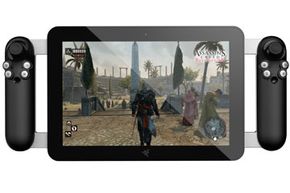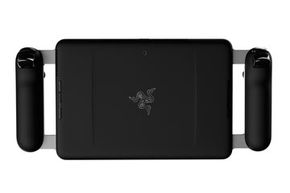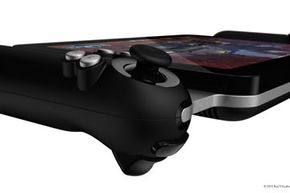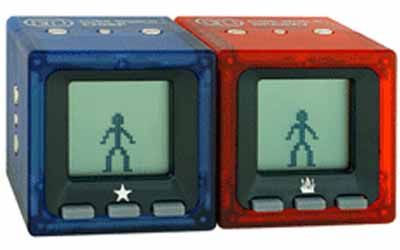At the 2012 Consumer Electronics Show, Razer -- a company known for developing computer gaming gear like mice and keyboards -- unveiled a unique device dubbed Project Fiona. Part tablet and part video game controller, Project Fiona drew crowds for being, well, as unusual as it sounds. Two cylindrical control grips that look a bit like PlayStationMovecontrollers flank the 10.1-inch screen, which includes touch support (like most tablets) and a full installation of Windows (unlike most tablets).
Project Fiona represents Razer's attempt to make PC gaming portable in a convenient form factor. Many PC gamers prefer to play with a keyboard and mouse, and Razer caters to them with the Razer Blade, a 17-inch gaming laptop packed with the powerful hardware and priced at $2800. Project Fiona tries to do something different: Ditch the keyboard in favor of video game console-style controls, while retaining the power of a gaming PC's internal components. And they want to do it for less than $1,000.
Advertisement
Razer debuted Project Fiona as a prototype at CES 2012 to gauge consumer interest before releasing a real product. If Razer does create a gaming tablet, it may be a very different beast from the device shown off in Las Vegas in January 2012. Project Fiona is not quite a tablet, not quite a gaming PC -- so let's take a look at how it mashes together both realms of technology.




